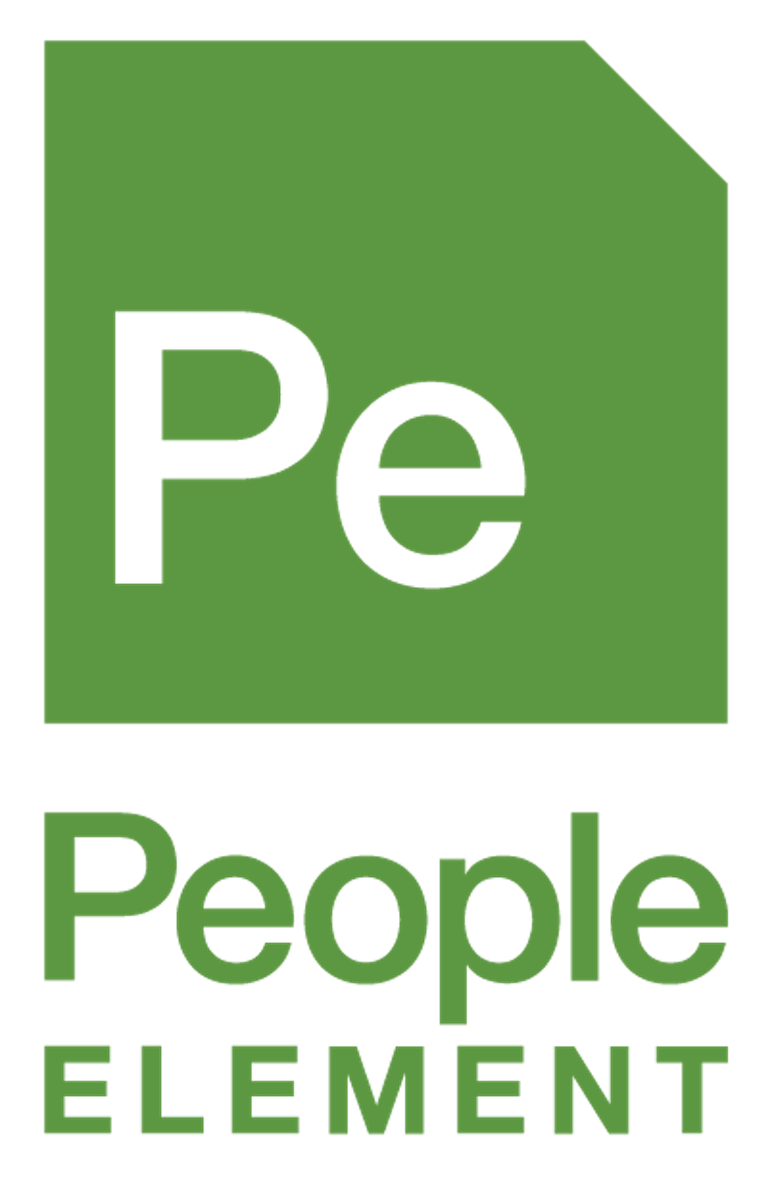If there’s one thing that every organization desires, it’s productive employees who make the most of their time on the job. When employees are productive, they are able to efficiently complete tasks, meet deadlines, and contribute to the achievement of organizational goals. And it’s not just the organization that benefits; employee job satisfaction also increases, as well as team morale and collaboration.
Because every individual is motivated differently, having a number of positive approaches ensures that all employees will find a few that truly speak to their needs and wants. While some may respond better to flexible work arrangements and work-life balance, others may benefit more from clear goals, the right tech tools and regular feedback. When used collectively, each strategy only becomes more effective, and by investing in these areas, companies demonstrate a commitment to their workforce, ultimately paving the way for sustainable success.
Offer Flexible Work Arrangements
Flexible working arrangements have emerged as a powerful catalyst. By allowing employees to tailor their work schedules to personal preferences and life demands, they are empowered to achieve better work-life balance. This increased control over their time not only reduces commuting stress and increases wellness but also enhances overall job satisfaction. Employees working in environments where flexibility is embraced tend to exhibit higher employee performance, as they can align their work hours with their peak productivity periods.
Flexible arrangements like remote work or flexible hours also eliminate many of the distractions and interruptions found in traditional office settings, leading to enhanced focus and task completion. Most importantly, these arrangements signify a mutual trust between employers and employees and foster a sense of responsibility, resulting in increased efficiency, creativity, and a greater sense of ownership over work.
Leverage Tech Tools that Limit Distraction
In today’s modern workplace, the sheer number of digital devices and online platforms can lead to frequent interruptions and decreased focus. Employing specialized tools that block distracting websites, manage notifications, or enable focused work sessions can significantly enhance an employee’s ability to maintain concentration and accomplish tasks efficiently. These tools provide a virtual barrier against the allure of social media, non-essential websites, and constant email alerts, allowing employees to allocate their time and energy to meaningful work. By curbing digital distractions, organizations not only cultivate a more disciplined work culture but also help their employees enter a state of flow, where deep engagement and high-quality output are more likely.
Create Clear Goals
While it may feel old-school, setting clear goals establishes a roadmap for success. When employees have a precise understanding of what is expected of them and a well-defined path to follow, they are more likely to channel their efforts toward tasks that directly contribute to these objectives. Clear goals provide a sense of purpose and direction, motivating employees to prioritize their tasks and manage their time.
Well-communicated goals also offer a measurable framework for tracking progress and evaluating performance, fostering a sense of achievement as milestones are reached. The clarity provided by these goals minimizes ambiguity, reducing the chance of misunderstandings. Additionally, employees who have a clear view of their individual contributions to overarching organizational goals are more likely to experience a heightened sense of responsibility and ownership over their work.
Provide Regular Feedback and Performance Reviews
Once you’ve established clear goals, regular feedback and employee performance reviews play a pivotal role in keeping productivity moving along. These mechanisms provide a structured platform for communication between employees and their supervisors, facilitating the exchange of insights, expectations, and growth opportunities. Through ongoing feedback, employees gain a clear understanding of their strengths, areas for improvement, and how their contributions align with the company’s objectives. This in turn fosters a culture of continuous learning, allowing employees to make necessary adjustments and refine their skills.
Because performance reviews offer a formal assessment of an employee’s achievements and progress, they also reinforce a sense of accountability and motivation. The process also enables supervisors to acknowledge and reward exceptional performance, boosting morale and job satisfaction. Furthermore, by addressing concerns and offering guidance in a timely manner, organizations can prevent potential roadblocks and keep productivity on track.
Streamline Operations
Once you’ve established clear goals, regular feedback and employee performance reviews play a pivotal role in keeping productivity moving along. These mechanisms provide a structured platform for communication between employees and their supervisors, facilitating the exchange of insights, expectations, and growth opportunities. Through ongoing feedback, employees gain a clear understanding of their strengths, areas for improvement, and how their contributions align with the company’s objectives. This in turn fosters a culture of continuous learning, allowing employees to make necessary adjustments and refine their skills.
Because performance reviews offer a formal assessment of an employee’s achievements and progress, they also reinforce a sense of accountability and motivation. The process also enables supervisors to acknowledge and reward exceptional performance, boosting morale and job satisfaction. Furthermore, by addressing concerns and offering guidance in a timely manner, organizations can prevent potential roadblocks and keep productivity on track.
Encourage Healthy Work-Life Balance
Almost every employee experiences a continual tug-of-war between their professional responsibilities and personal lives, but maintaining a healthy equilibrium is crucial to both reducing burnout and increasing job satisfaction. By prioritizing time for relaxation, family, hobbies, and self-care, employees return to work recharged and motivated, with higher levels of focus and creativity. A healthy work-life balance also reduces stress and mental fatigue, allowing employees to approach their tasks with a clearer mind and heightened energy.
Furthermore, organizations that actively promote work-life balance demonstrate their commitment to employee welfare, fostering loyalty and a sense of belonging. This approach nurtures a positive culture where individuals feel supported. By recognizing the value of well-rounded lives, companies not only invest in their employees’ health and happiness but also reap the benefits of a more vibrant and productive workforce.
Measure Employee Productivity and Engagement
For organizations that want to thrive, measuring and nurturing employee productivity and engagement is a must. These metrics provide vital insights into the efficiency and effectiveness of the workforce, offering a quantitative understanding of how well employees are contributing to organizational goals. Monitoring these areas helps identify areas of improvement, while offering a window into the emotional commitment and satisfaction of the workforce.
Regular assessment of metrics with an employee survey allows organizations to identify trends, address concerns, and implement approaches to enhance both productivity and engagement. Start by giving your team a voice. People Element’s engagement surveys solution can show you how. Contact us today to request a free demo.




